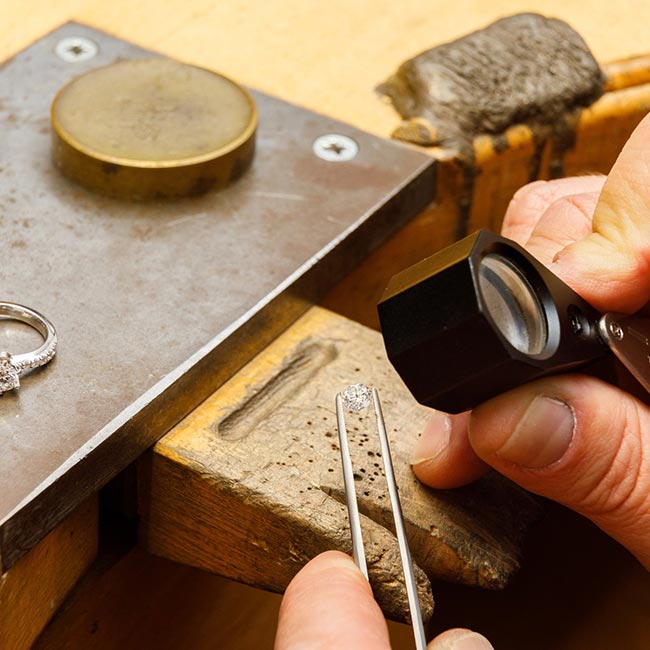Diamonds and wedding engagements go together like peanut butter and jelly. The thing is, the tradition of a diamond-ring proposal is young. De Beer’s renowned advertising campaign, “A diamond is forever,” changed the nature of US engagements back in 1947.
Advertising campaign or not, people still love diamonds. They’re shiny, precious stones that will last generations. In 2023, though, they’ve got fierce competition from a younger up-and-comer: lab-grown diamonds.
Why are man-made diamonds beating out one of the universe’s toughest, oldest materials? Today, we examine how lab-grown diamonds are taking the jewelry industry by storm.
What Are Lab-Grown Diamonds?
We’re big fans of lab-grown diamonds at Barkev’s. We’ve discussed them at length here.
Lab-grown diamonds are 100% artificial. Scientists can make them in a lab in a matter of days. It takes Earth billions of years to do the same.
In terms of structural properties, lab-grown diamonds are not inferior in any way. They have the same atomic structure, hardness, and polished gleam and can take the same cuts.
Lab-Grown vs. Natural Diamonds
You would never be able to differentiate an artificial diamond ring from a natural one. What’s more, even professional jewelers and gem experts struggle to tell them apart. It’s only under the power of a microscope that you can see small differences, and even these are negligible.
For all intents and purposes, artificial diamonds are equal to natural diamonds. Yet there has been some pushback from both the jewelry industry and customers at these “fake” gems. Let’s take a look at why that is.
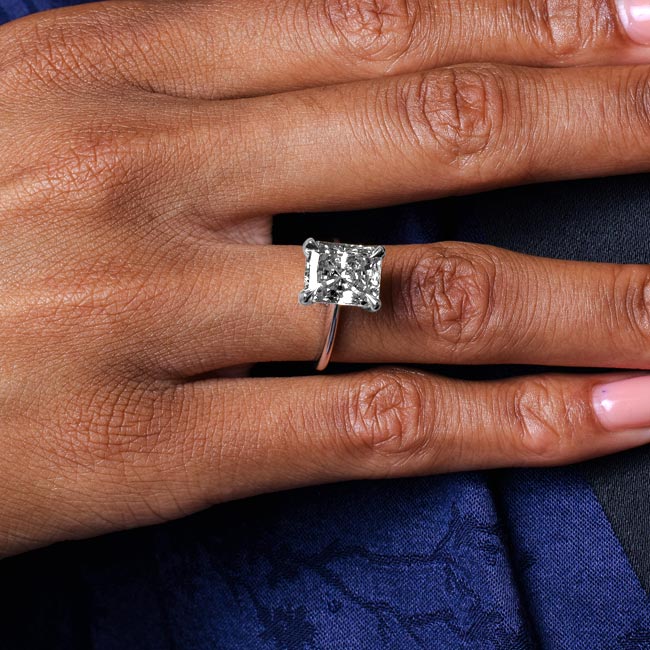
Why Are Natural Diamonds Valuable?
To understand why lab-grown diamonds are shaking up the industry, it pays to understand the history of natural diamonds. Natural diamonds have been valuable for as long as mankind has known about them.
They go all the way back to Ancient Egypt, Greece, and beyond. Our ancestors believed that gems – especially diamonds – were imbued with the power of their deities. Only the royal and wealthy had access to them.
It wasn’t just their religious significance and beautiful aesthetics that gave them their value, though. There are other factors at play here.
Cost of Mining
Diamonds take a ton of work to extract from the Earth. For every one-carat diamond that we find, we must remove and process up to 250 tons of Earth.
Not every diamond we pull out of the Earth is of gemstone quality. A diamond of gemstone quality is worth cutting and polishing into a precious stone. The majority of diamonds that we mine are full of impurities or have a yellowish tint.
Most people prefer clear diamonds, which are quite rare, even in a diamond mine. People have to shell out even more if they want a red diamond or a blue diamond. These diamonds make up 0.02% of all the diamonds we mine.
All of this requires a great deal of money and financial risk. Like with mining gold and other precious materials, you are relying on luck. You’ll go out of business if your mine doesn’t happen upon enough gems.
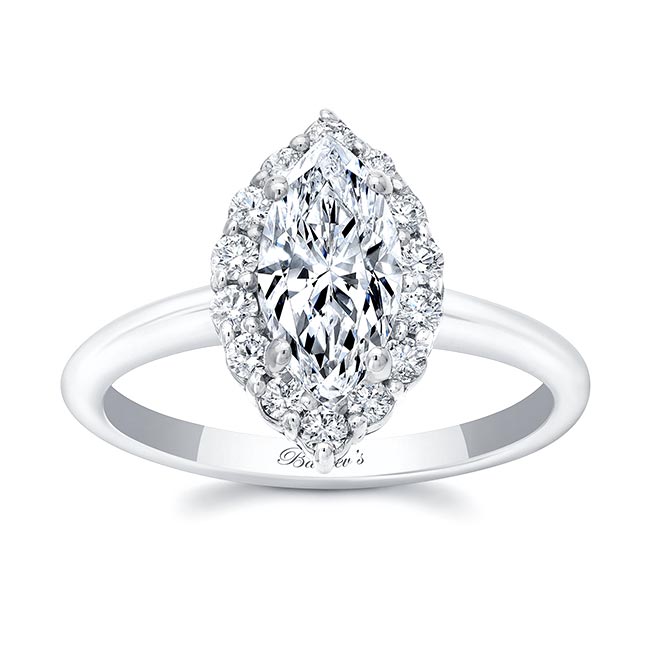
Diamond Cutting
Shaping rough diamonds is no walk in the park, either. Jewelers have to cut stones with magnifying glasses and precision tools. Making one wrong move can ruin a stone worth thousands of dollars!
So, diamonds command an additional premium because of the skill they take to craft.
Diamond Location
You can mine gold, copper, and silver in almost every part of the world. Diamonds, not so much. You’ll only find them in a select few countries, such as Russia, Botswana, and the Congo.
Aside from making diamonds less accessible, this introduces political problems. Diamonds have a long history of being the center of conflicts. Blood diamonds are diamonds sourced from areas of conflict and then sold to pay for the war effort.
Factors like this and others can make it tricky to get diamonds. It also introduces ethical considerations about where a diamond comes from.
Artificial Scarcity
Given what we’ve said previously, it may appear that diamonds are rare. That’s not necessarily the case. Big diamond suppliers like De Beers have turned to questionable practices to make diamonds worth more than they are.
Natural diamonds suffer from artificial scarcity. To drive up prices, diamond miners put a tourniquet on their supply. Less supply means more demand, which makes diamonds worth more than they might actually be.
This unethical business practice has contributed in significant part to diamonds’ high prices. Since De Beers and other large companies essentially have a monopoly here, it’s hard to combat.
So don’t blame your local jeweler for selling rings that cost thousands of dollars. They’re paying out the nose to get the diamonds in the first place!
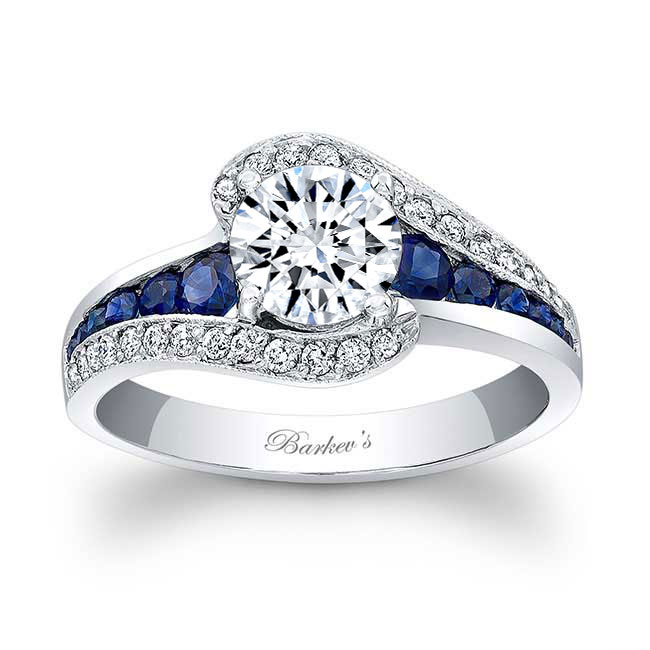
Why Lab-Grown Diamonds Are Winning in 2023
Lab-grown stones have been around for decades, but they’ve always had the reputation of being “fake” and “worthless.” That paradigm is changing fast.
Lab-grown diamond sales exploded by 63% in 2022. Natural diamond sales declined by a quarter in the same period. Clearly, customer perception of lab-grown alternatives is shifting.
Let’s take a look at the reasons why that is.
Change in Perception
The main selling point of a diamond is the natural process by which it came to be. Everyone knows that diamonds are millions or billions of years old. The allure comes from owning a piece of the universe that’s older than life itself.
People are realizing these days, though, that that distinction doesn’t matter. Who cares if a stone is 1 billion years old? It’s a fun conversation starter for a party, but it doesn’t amount to anything meaningful.
If anything, artificial diamonds are a testament to the ingenuity of humankind. We can create something in a week that took Mother Earth billions of years! That’s nothing to scoff at.
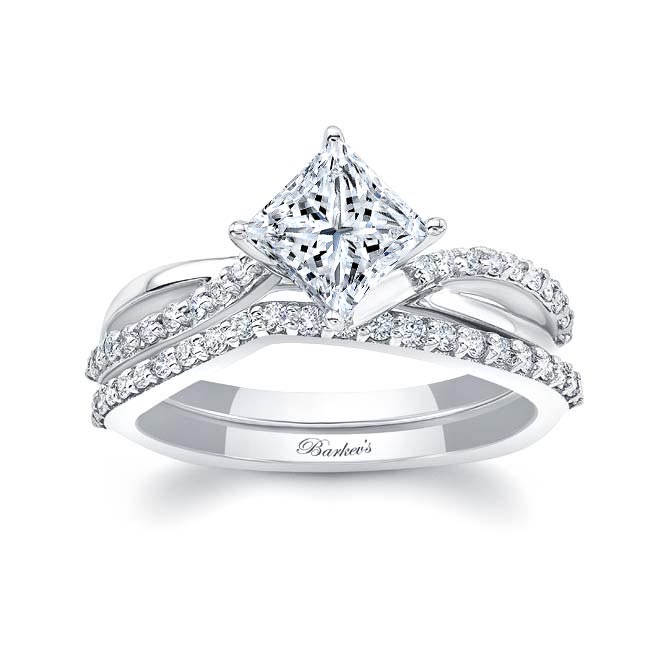
Cost-Effectiveness
The old saying goes that you should spend 3 months’ salary on your loved one’s ring. The problem is that times are getting tough. Inflation is at an all-time high, wages are low, and the cost of necessities is skyrocketing.
When you need to keep food on the table, you start to care less about whether a diamond is natural. People want lab-grown diamonds because they’re more affordable, period.
Lab-grown diamonds are cheaper to produce. Not just because their method is cheaper, cost-wise. But because we can create them nonstop, we have an endless supply of diamonds.
In addition to this, people can now get access to diamonds that would be previously outside their budget. You can get an artificial blue diamond for a steal compared to natural alternatives.
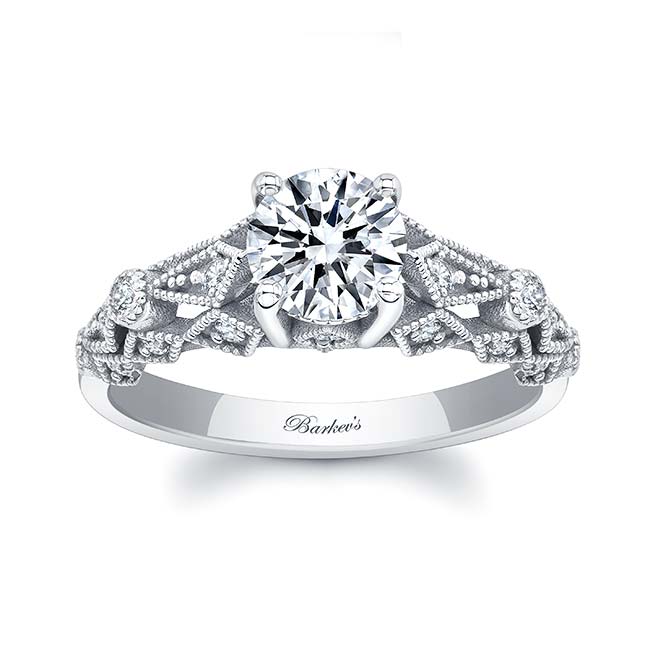
Appearance
Neither you nor a professional jeweler can tell the difference between artificial diamonds and natural ones at a glance. Not even if it were a rarer blue diamond. No one at a dinner party is going to put your diamond ring under a microscope to test its authenticity before complimenting it.
The only time someone would need to test a diamond would be to determine the resale value. Long story short: grown diamonds are identical to the natural ones in appearance.
Sustainability and Environmental Concerns
Diamond mining is bad news for the environment. It requires gas-guzzling behemoths that belch incalculable amounts of CO2 into the atmosphere. The resulting diamonds then have to get shipped from the far corners of the world to reach your jeweler – producing more CO2.
Diamond mines often displace their native wildlife populations. They may spoil critical reserves and interrupt animal activity in the area. They leave behind a polluted scar that takes years for Mother Nature to reclaim.
You can make artificial diamonds, on the other hand, anywhere. They use far less energy and produce far less CO2. For those concerned about the environment, lab-grown diamonds are a guilt-free, sustainable alternative.
Lab-grown diamonds can make use of clean energy. Since their labs require electricity rather than gas, they can source this electricity from wind or hydroelectric producers. In theory, a diamond lab could operate at net zero, while a diamond mine could never do the same.
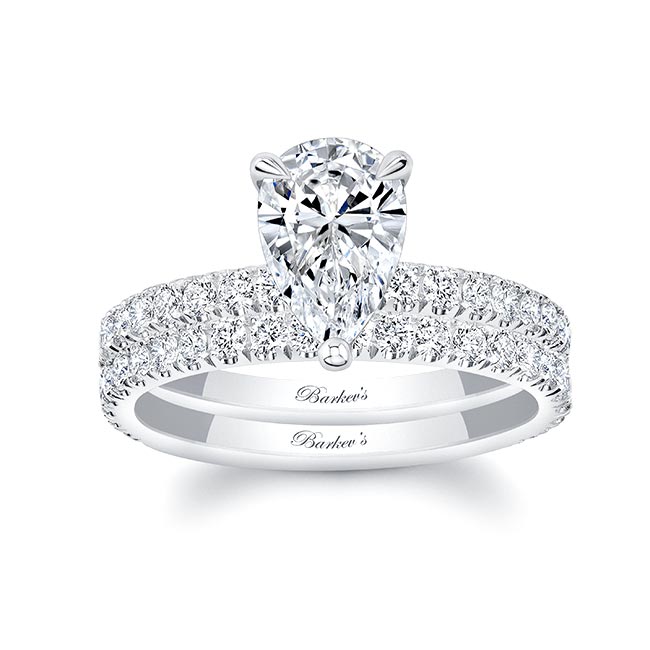
Ethical Concerns
The more research you do into blood diamonds, the more depressing the story is. These diamonds come at the price of human lives. They fuel devastating, generational wars that leave horrifying bloodstains on the pages of human history.
It can sometimes be challenging to know where a diamond came from. Did a reputable miner extract it or a slave in a war-torn country?
At Barkev’s, we take extra care to make sure our natural diamonds don’t originate from these situations. Our competitors, on the other hand, might not care as long as they can make a quick buck. Their callous disregard keeps the cycle of violence going.
Lab-grown diamonds remove all ambiguity. There are no exploitation or ethical concerns whatsoever. It’s a lot easier to wear a diamond knowing with complete assurance that it’s cruelty-free.
Get Your Diamonds at Barkev’s
Lab-grown diamonds are on the rise. In 2023, it’s clear that they are giving natural diamonds a run for their money. They’re identical in quality, more affordable, and free of ethical and environmental concerns.
At Barkev’s, we embrace the artificial diamond revolution in addition to our natural catalog. We supply gorgeous gems and rings to go with them. Create your own affordable, lab-grown diamond ring here.


